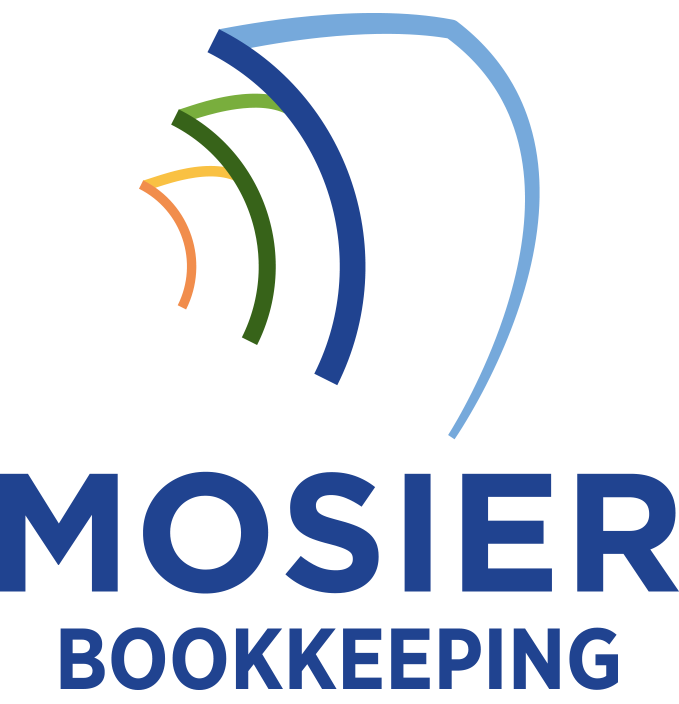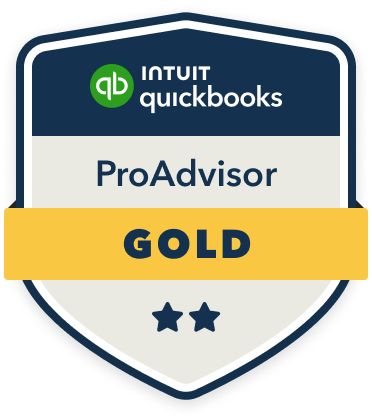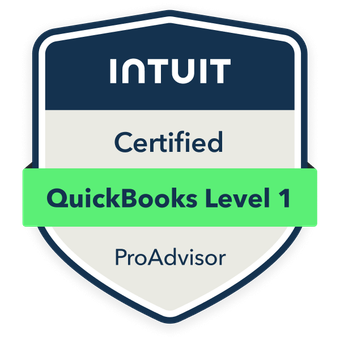Tracking customer payments through bookkeeping offers five vital benefits that’ll transform your business operations. You’ll gain precise cash flow management for strategic forecasting, build stronger customer relationships through payment history analysis, safeguard tax compliance with accurate financial records, reduce collection times via automated flagging, and make data-driven decisions based on spending patterns. These advantages create a foundation for sustainable growth and profitability – let’s explore how each benefit can maximize your business potential.
Streamlined Cash Flow Management and Forecasting

Three key elements drive successful cash flow management through bookkeeping: accurate payment tracking, timely reconciliation, and strategic forecasting. I’ll show you how to leverage these components to maximize your financial control.
By implementing precise payment tracking, you’ll identify patterns in customer behavior and payment cycles. I combine this data with systematic reconciliation to eliminate discrepancies and maintain real-time financial accuracy. This enables you to generate powerful forecasting models that predict future cash positions.
You’ll gain the ability to make data-driven decisions about expansion, investments, and operational improvements while maintaining ideal working capital levels at all times.
Enhanced Customer Payment History and Relationships
Building strong customer relationships hinges on maintaining detailed payment histories that reveal valuable insights about each client’s financial behavior. I’ve found that tracking payment patterns lets me identify your most reliable customers and those needing attention. This data-driven approach enables strategic decisions about credit terms and customized collection strategies.
| Payment Indicator | Strategic Impact |
|---|---|
| On-time History | Premium Service Access |
| Early Payments | Priority Support Status |
| Payment Consistency | Credit Limit Increases |
| Past Due Patterns | Risk Management Focus |
Accurate Financial Reporting and Tax Compliance

Proper bookkeeping of customer payments plays a critical role in maintaining accurate financial records and meeting tax obligations. I guarantee my financial statements reflect every transaction precisely, which reinforces my position during tax audits and financial reviews. By tracking payment data systematically, I maintain compliance with tax regulations while identifying deductible expenses and reportable income.
I leverage this meticulous record-keeping to generate thorough financial reports that demonstrate my business’s fiscal health to stakeholders, lenders, and regulatory authorities. When I need to make strategic decisions or secure financing, I’ve got verifiable documentation that validates my revenue streams and cash flow position.
Reduced Payment Collection and Dispute Resolution Time
Systematic payment tracking slashes the time I spend collecting overdue payments and resolving disputes. By maintaining detailed records of invoices, payment dates, and transaction histories, I quickly identify late payments and address issues before they escalate. My automated system flags overdue accounts and generates instant payment reminders.
When disputes arise, I leverage my extensive documentation to validate charges and verify payment terms. This evidence-based approach expedites resolution processes and strengthens my negotiating position. The data-driven insights also help me identify patterns in payment behavior, enabling proactive measures to minimize future collection challenges and maintain cash flow efficiency.
Data-Driven Business Strategy and Decision Making

The meticulous tracking of payment data serves a broader purpose beyond collections – it powers my strategic business decisions. I leverage payment analytics to identify customer spending patterns, predict cash flow trends, and optimize pricing strategies. By analyzing payment histories, I can segment customers based on their payment behaviors, enabling targeted retention campaigns and risk mitigation measures.
The meticulous tracking of payment data serves a broader purpose beyond collections – it powers my strategic business decisions. I leverage payment analytics to identify customer spending patterns, predict cash flow trends, and optimize pricing strategies. By analyzing payment histories, I can segment customers based on their payment behaviors, enabling targeted retention campaigns and risk mitigation steps.









